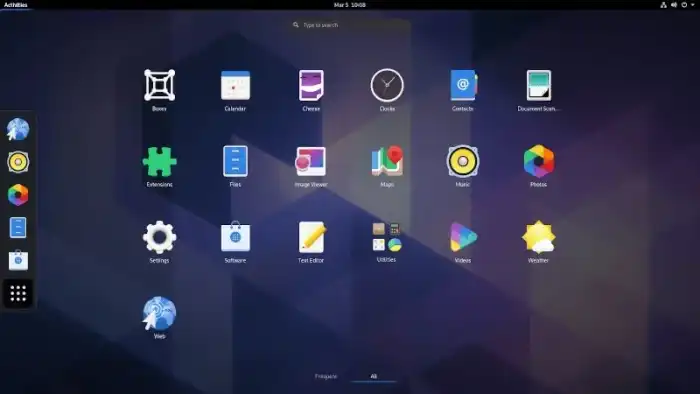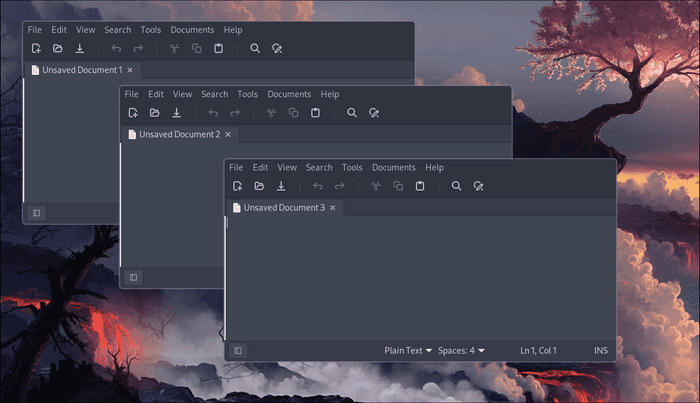So in this post, I want to talk about Desktop Environments and Window Managers a little.
A desktop environment in summary is everything you see in your screen: icons, folders, windows, wallpapers and what not.
There is lots of DE out there like:
- Xfce
- Cinnamon
- XLDE
- Mate
- …
And a lot more.
But IMHO, two are them are the most important ones: GNOME and KDE.

Unfinished battle of GNOME vs KDE
GNOME is as comprehensive as it is beautiful. As said earlier, it’s a DE that has lots of tools for itself.

KDE (like GNOME) comprehensive and could be customized almost completely. It’s a lot like Windows and in it’s default form is really good for Windows users who want to try Linux. But GNOME is different and has a more sophisticated look and feel.
Each DE has it’s pros and cons, almost all of them are customizable and has lots of extensions. In the end, selecting between them is just a matter of preference.
Window Manager (WM)
DEs have something called window manager. It does exactly what it says: managing the placement and style of windows on your screen. All of the DEs as far as I know, have a stacking (floating) window manager; This means that you can open a file manager and change its size or position with your mouse. A window could be maximized or be on top of other windows, like this:

Another way is using a tiling window manager instead of stacking. Tiling window managers like i3, Sway or Hyprland, have a lot of benefits.
I will talk about tiling window managers in the future.
